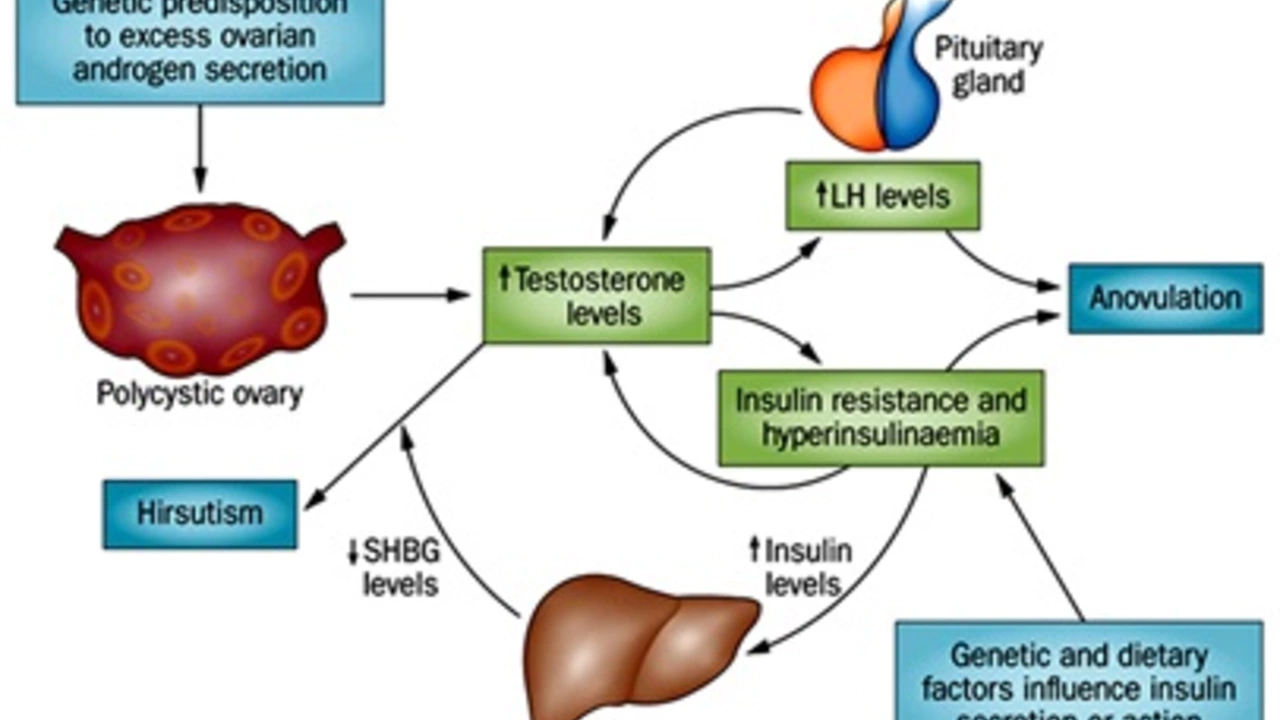Insulin resistance: what it is and how to fix it
Insulin resistance happens when your body stops responding well to insulin, the hormone that tells cells to take in sugar. That leaves more sugar in your blood and forces your pancreas to make extra insulin. Over time this can lead to prediabetes and type 2 diabetes. Good news: many people can improve insulin sensitivity with simple changes.
How to know if you have it
Common signs include belly fat, feeling tired after meals, frequent thirst, and skin darkening around the neck or armpits (acanthosis nigricans). The best way to know for sure is testing. Key tests: fasting glucose (normal <100 mg/dL; 100–125 = prediabetes), A1c (normal <5.7%; 5.7–6.4% = prediabetes), and an oral glucose tolerance test. Some doctors also measure fasting insulin or calculate HOMA-IR for a clearer picture.
If your numbers are in the prediabetes range, that’s your moment to act. Even losing 5–10% of body weight often improves insulin sensitivity a lot.
Practical steps that work
Diet: cut sugary drinks and packaged snacks first. Focus on whole foods — vegetables, lean protein, beans, nuts, olive oil, and whole grains. Lowering refined carbs helps blood sugar quickly. A Mediterranean-style or moderate low-carb approach works well for many people. Aim for high-fiber foods and include protein at meals to slow sugar spikes.
Exercise: move daily. Do at least 150 minutes of moderate aerobic activity a week and add resistance training twice a week. Strength workouts build muscle, and muscle helps clear glucose from the blood. Short HIIT sessions can also boost insulin sensitivity if you’re short on time.
Sleep and stress: poor sleep and chronic stress raise blood sugar and insulin. Shoot for 7+ hours of sleep, keep a bedtime routine, and use simple stress tools — 10 minutes of breathing, a walk, or brief stretching.
Medications and supplements: doctors often prescribe metformin for insulin resistance or prediabetes. Some people try supplements like vitamin D or berberine; these can help in certain cases but discuss them with your clinician first. Don’t replace lifestyle changes with pills.
Small habits matter: swap soda for water, park farther away, stand up every hour, and swap white bread for whole-grain. These tiny changes add up fast.
When to see a doctor: if fasting glucose is ≥100 mg/dL, A1c is ≥5.7%, or you have strong family history of diabetes, get evaluated. Your doctor can run tests, discuss treatment, and set safe goals. If you already take blood sugar meds, work with your provider before changing routine or starting new supplements.
Insulin resistance isn’t a life sentence. With clear steps — better food, regular movement, sleep, and medical follow-up — you can improve insulin sensitivity and lower your risk of diabetes. Start with one change this week and build from there.

How progesterone can help with insulin resistance and diabetes
In my recent exploration of health topics, I've discovered some fascinating insights on how progesterone can aid in combating insulin resistance and diabetes. It appears that progesterone, a hormone naturally produced in the body, improves insulin sensitivity and helps in regulating blood sugar levels. Research suggests that it may also play a protective role against the onset of type 2 diabetes. However, the relationship between hormones and insulin resistance is complex and more research is needed. It's an intriguing area of study which could potentially offer new approaches in managing diabetes.
